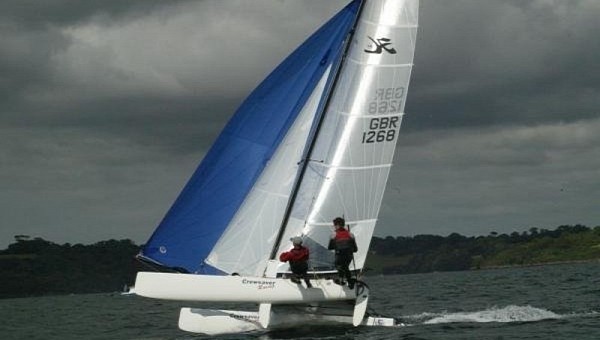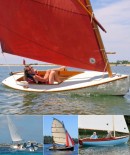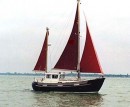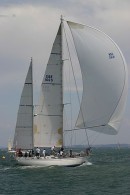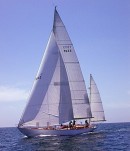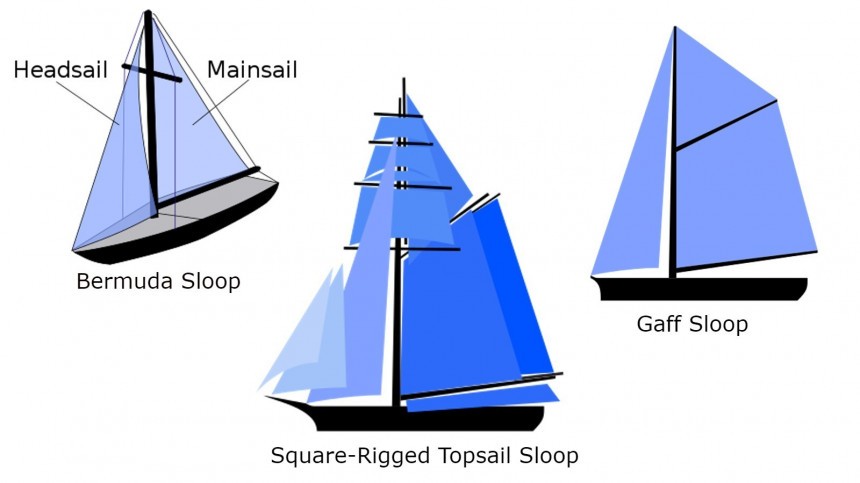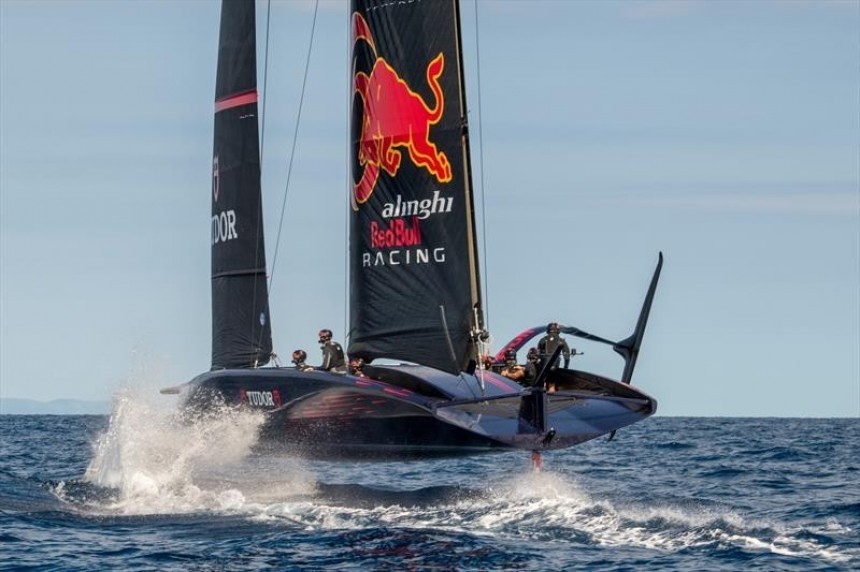Last week, we talked about different larger sailing vessels that were common in the 17th, and 18th. and 19th centuries and how they were used. While much of the same terminology is used to describe the boats of Age of Sail, technology has come to play a significant part in modern-day sailing vessels.
As previously described, the larger trade vessels of centuries past were unable to sail upwind due to the fact that their sails were perpendicular to the ship with the occasional fore and aft rigged sails that helped with steerage. They were, however, excellent when sailing downwind and generated incredible speeds for the period. While fore and aft-rigged boats date back centuries, they certainly have increased in popularity for recreational sailboating.
Today's sailboats are equipped with fore and aft rigging which means they run parallel with the centerline of the boat running bow to stern. This enables them to effectively move forward on several points of sail.
Daysailers are trailerable boats usually 20' (6.1 meters) in length or less with a daggerboard that drops down to help minimize lateral movement when sailing upwind. Larger daysailers have both a mainsail and a headsail called a jib, while many smaller daysailers just utilize a single mainsail.
Catamarans come in a wide range of lengths from 14-foot daysailers to larger ocean-going sizes. 'Cats' are really popular recreational boats and can be found on many beaches throughout the world. Larger catamarans are great for island hopping in the Caribbean but are not necessarily the choice for bluewater sailors. They are sloop-rigged and very stable in calm seas, but wild and wholly in rough conditions.
A sloop is a sailboat that has a single mast with one headsail forward of the mast and a mainsail aft (behind) the mast. The most common type of sloop is a Bermuda rig characterized by triangular sales. A gaff-rigged sloop is an older variation that utilizes a triangular headsail and a gaff-rigged main. There is also a Friendship sloop that is gaff-rigged with multiple headsails and a pronounced bowsprit.
Modern-day yawls are also fore and aft-rigged boats however they have two masts. The main mast is placed a bit more forward than on a sloop and the smaller mizzen mast is positioned aft (behind) of the rudder post. Yawls are popular with single-handed sailors because the mainsail is smaller and thus more manageable and the smaller mizzen can be easily trimmed to stay on a course or lowered to reduce sail area when winds pick up.
A ketch is similar to a yawl with two masts however, the mizzen mast on a ketch is forward of the rudder stock.
Today's racing sailboats are hydrofoils that are equipped with foils extending out from the hull enabling the vessels to rise up out of the water under sail and glide on their foils. The technology often produces boat speeds in excess of the wind speed.
So, how do fore and aft-rigged boats sail upwind? The are a variety of factors involved, but the most critical is the sails themselves. A moving boat's sail is shaped like an airfoil much like the wing of an airplane. When the wind blows over a boat, the sails inflate to gain the foil form creating a difference in pressure between the inside and outside of the sail pushing the boat along. While Dacron is the material most widely used in making sails, kevlar and even more rigid materials are used in some applications. The cut of the material and how they piieces are sewn together contribute to a sail's foiling shape.
The sail's foil is combined and balanced by the boat's keel that is attached to the bottom of the boat (smaller boats such as daysailers have daggerboards). The keel keeps the boat from moving laterally when sailing upwind; without it, the boat would just drift downwind.
Most sailing vessels of today can sail within 40 degrees of the wind however, some high-performance boats are able to sail much closer.
Today's sailboats are equipped with fore and aft rigging which means they run parallel with the centerline of the boat running bow to stern. This enables them to effectively move forward on several points of sail.
Daysailers are trailerable boats usually 20' (6.1 meters) in length or less with a daggerboard that drops down to help minimize lateral movement when sailing upwind. Larger daysailers have both a mainsail and a headsail called a jib, while many smaller daysailers just utilize a single mainsail.
Catamarans come in a wide range of lengths from 14-foot daysailers to larger ocean-going sizes. 'Cats' are really popular recreational boats and can be found on many beaches throughout the world. Larger catamarans are great for island hopping in the Caribbean but are not necessarily the choice for bluewater sailors. They are sloop-rigged and very stable in calm seas, but wild and wholly in rough conditions.
Modern-day yawls are also fore and aft-rigged boats however they have two masts. The main mast is placed a bit more forward than on a sloop and the smaller mizzen mast is positioned aft (behind) of the rudder post. Yawls are popular with single-handed sailors because the mainsail is smaller and thus more manageable and the smaller mizzen can be easily trimmed to stay on a course or lowered to reduce sail area when winds pick up.
A ketch is similar to a yawl with two masts however, the mizzen mast on a ketch is forward of the rudder stock.
Today's racing sailboats are hydrofoils that are equipped with foils extending out from the hull enabling the vessels to rise up out of the water under sail and glide on their foils. The technology often produces boat speeds in excess of the wind speed.
The sail's foil is combined and balanced by the boat's keel that is attached to the bottom of the boat (smaller boats such as daysailers have daggerboards). The keel keeps the boat from moving laterally when sailing upwind; without it, the boat would just drift downwind.
Most sailing vessels of today can sail within 40 degrees of the wind however, some high-performance boats are able to sail much closer.
